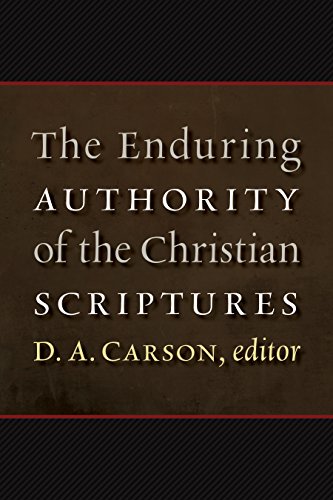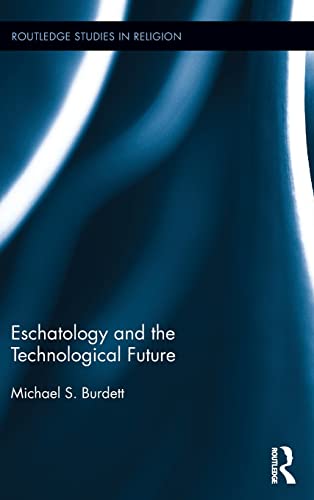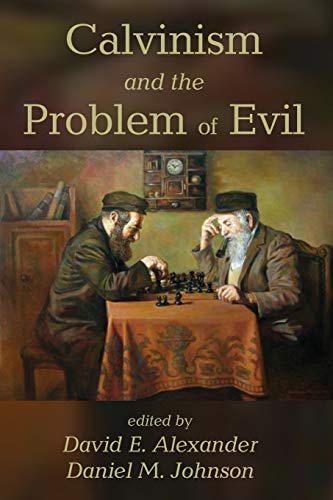Tapestry of Grace: Untangling the Cultural Complexities in Asian American Life and Ministry
Written by Benjamin C. Shin and Sheryl Takagi Silzer Reviewed By Daniel K. EngBen Shin and Sheryl Silzer build their recent book, Tapestry of Grace, on a course they co-teach at Talbot School of Theology, “The Asian Church in American Society.” They write so that Asian American believers can experience the grace of God in church ministry and everyday life. The authors discuss how biblical truths interact with distinctive Asian values, primarily from Chinese, Japanese, and Korean cultures.
Tapestry of Grace is divided into three sections. In Section 1, Shin examines the various dynamics, ministry models, and expressions of spirituality in Asian American churches. After an appeal to bridge the divide between the traditional immigrant generation and succeeding American generations, Shin in Chapter 1 presents descriptions of nine models of churches frequented by Asian Americans. For example, the most common model, “Room-for-Let,” features an immigrant-led church with a small section reserved for English-speaking ministry. Shin provides visual depictions of each model, along with their strengths and weaknesses.
Chapter 2 focuses on the social dynamics of honor and shame, both in the New Testament and in Asian culture. Shin gives attention to the experience of shame among Asian Americans and how Christ’s work on the cross takes away shame and replaces it with honor.
Chapter 3 contains a discussion of the first-century understanding of grace, patron-client relationships, and reciprocity. Shin contends the Western notion of grace, which describes it as without obligation, differs from ancient understanding of grace. Building on recent scholarship, Shin describes “Bilateral Global Grace,” with its emphasis on reciprocity and relationship, showing its common threads with Asian cultural dynamics.
Chapter 4 offers an honest discussion of choosing between serving in an immigrant church or planting a new church, including the advantages and disadvantages of each. Shin rounds out Section 1 by comparing Korean and Chinese expressions of spirituality in Chapter 5.
In Section 2, Silzer describes how different cultural dynamics influence everyday life and church ministry. First, Silzer in Chapter 6 examines the doctrine of the image of God, building a biblical case for accepting others in the way God does. In Chapter 7, she utilizes a paradigm that employs an anthropological theory based on the dimensions of community and structure (p. 108). She distinguishes Asian “heirarching” (strong community, strong structure) from American “individuating” (weak community, weak structure). These differences in cultural values often make it a challenge for Asian Americans to experience grace in ministry and everyday life.
Chapter 8 contains a discussion of how cultural differences in language (including word choice, nonverbal behaviors, and use of questions) can be the source of frustration and conflict in Asian American relationships. In Chapters 9–10, Silzer explores the tenets of Confucianism, Buddhism and Taoism, highlighting filial piety, reciprocity, and their compatibility with biblical values.
Shin and Silzer share their personal journeys in Section 3. In Chapter 11, Shin describes how embracing the experience of being Korean-American, meeting the challenges of pastoring at a Korean church, and teaching at Talbot. In Chapter 12, Silzer shares her experiences of battling cancer, ministering with a mission organization, and navigating conflict as a Japanese American woman. The two authors conclude the book in Chapter 13 by encouraging the reader with vision for the future of the Asian American church.
Given the dearth of published resources that address Asian American ministry, Tapestry of Grace is a sorely needed book. Shin and Silzer draw on their ministry experience and research to clearly describe the unique dynamics within the cultural contexts of many churches. The book’s content is especially helpful for those in immigrant contexts, to which belong the bulk of Asian-Americans in church ministry. Special attention is given to honoring those in the first generation and bridging the often-contentious gap between generations in Asian American churches. Discussion questions at the end of each chapter are an excellent resource for ministry teams and small groups to encounter together.
The book, however, has a few weaknesses. The authors’ terminology is sometimes problematic, such as using “American” to refer to Western patterns of social interaction. Likewise, the distinction between “Asianized Americans” and “Americanized Asians” to describe two generations is confusing. Also, readers would be better served if the discussions of cultures in Section 2 were more readily related to practical ministry. Finally, the book’s doctrinal content could be clarified further. The presentation of grace in Chapter 3 begs for more depth, especially for readers accustomed to traditional Reformed interpretations. The comparison of Confucianism, Buddhism, and Taoism with biblical values could be filled out with discussions on deciphering which value system motivates behavior.
I echo John Kim’s statement in the Foreword: “I’ve been eagerly waiting for a book like this” (p. xi). It will surely serve the English-speaking, Asian American churchgoer well. I hope to see this volume translated into Korean and Chinese to enhance its impact on the first generation. This book has the potential to spark helpful discussions and catalyze harmony where there has been much contention. I wholeheartedly recommend this book to those serving among Asian-Americans and anyone seeking to discuss the influence of culture on ministry relationships.
Daniel K. Eng
Daniel K. Eng is assistant professor of New Testament language and literature at Western Seminary in Portland, Oregon.
Other Articles in this Issue
Gospel Differences, Harmonisations, and Historical Truth: Origen and Francis Watson’s Paradigm Shift?
by Frederik S. MulderClaiming to stand on the shoulders of the later Origen, in Gospel Writing: A Canonical Perspective, Francis B...
“For Your Sake We Are Being Killed All Day Long”: Romans 8:36 and the Hermeneutics of Unexplained Suffering
by David StarlingThis article explores the function of Paul’s citation from Psalm 44:22 within the rhetoric of Romans 8:31–39...
Many churches seem to have lost the art of singing lament...
Reflections on Handling the Old Testament as Jesus Would Have Us: Psalm 15 as a Case Study
by Dane C. OrtlundIn appreciation of the renaissance of christocentric and redemptive-historical hermeneutics and homiletics in our generation, this article selects an OT text, Psalm 15, that appears on the surface to be maximally resistant to a Christ-centered reading and preaching of Scripture...
This article examines the meaning of blessing as expressed in the structure and narratives of Genesis...







